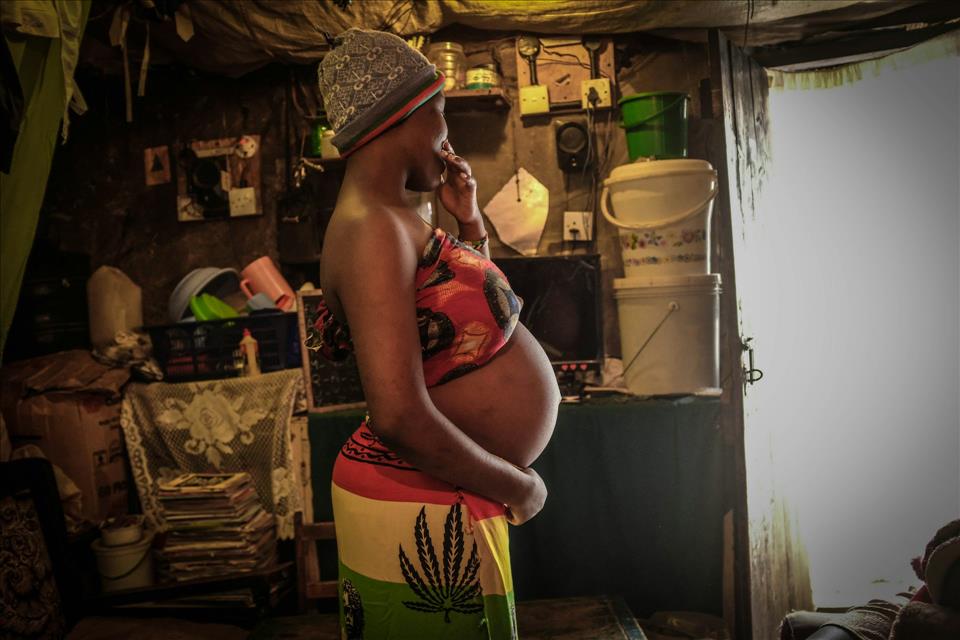
Kenya's New Social Health Insurance Fund Wants To Improve Care For Mothers And Babies: But It Faces Challenges
Preventable complications related to pregnancy still result in about 5,000 maternal deaths annually, however.
I am a health economist and health policy specialist and co-author of a study of the Kenyan health system to evaluate the state of maternal care in the country.
This is important because the new Social Health Insurance Fund is being implemented across the country and we need to understand the limitations of the current system in order to move forward.
BackgroundIn 2017 the government expanded a free maternity policy to all pregnant females. The policy aimed to increase access to maternal services by allowing pregnant women to use private and faith-based facilities.
Our mixed-methods study assessed the state of maternal care since 2017. We had in-depth discussions with government officials and healthcare workers and surveyed 553 mothers who used the new services.
Lessons: the goodImproved access: Mothers who were previously not able to pay for services (including antenatal care, delivery services and postnatal care ) could now use them for free. Refugees and the poor were also included.
Mothers in rural and urban areas had access to similar services. This was achieved by creating a standardised and costed benefits package which gave mothers uniform treatment.
Better resources: The policy led to better availability of equipment, supplies and infrastructure in healthcare facilities. This was done through the reimbursements received by the facilities from the National Health Insurance Fund, which is being replaced by the Social Health Insurance Fund, for the services offered. These funds were used to improve infrastructure, expand buildings and renovate older facilities.
Facility referrals: There was a decrease in referrals from lower to higher-level facilities, suggesting lower-level healthcare centres were better equipped to care for patients.
Lessons: the badOverstretched staff and overburdened healthcare facilities were at the centre of most problems.
Lack of essential equipment: Some health clinics reported shortages of equipment such as manual resuscitators for babies, suction machines and ultrasound machines, as well as shortages of drugs.
Staff shortages: Some health clinics had insufficient numbers of specialists and healthcare workers. The increased demand for maternal services strained existing resources, causing worker burnout.
Quality of care: Mothers reported sharing beds and facing unhygienic conditions, increasing the risk of infections. Reports of neglect, abuse and inadequate food were a concern, as was poor communication between healthcare providers and patients.
Infrastructure and supplies: Although clinics improved, especially by using the timely reimbursements from the health insurance fund, the lack of essential equipment and neonatal units remained a critical issue.
What needs to be doneOur findings provide insights for the successful implementation of the Social Health Insurance Fund , which is replacing the National Health Insurance Fund in the coming months .
Under the new fund, maternity benefits are increased. There's coverage for pregnancy emergencies, antenatal and postnatal care, midwifery, and newborn immunisations at primary healthcare facilities. Previously, these were often covered by families themselves.
For the fund to succeed, these improvements are needed:
Expand healthcare workforce: Increase training, recruitment and retention efforts to address the shortage of specialists and healthcare workers.
Enhance infrastructure: Invest in clinics to ensure they have the necessary medical equipment and neonatal units to reduce the need for unnecessary referrals.
Improve quality of care: Reduce overcrowding and improve hygiene in maternity wards. Ensure adequate food and improved communication with patients.
Strengthen supply chains: Ensure a consistent supply of medical equipment, medications, and other necessary resources to all healthcare facilities.
Monitor and evaluate: Establish a robust monitoring and evaluation framework to regularly assess the effectiveness of the maternity policy.

Legal Disclaimer:
MENAFN provides the
information “as is” without warranty of any kind. We do not accept
any responsibility or liability for the accuracy, content, images,
videos, licenses, completeness, legality, or reliability of the information
contained in this article. If you have any complaints or copyright
issues related to this article, kindly contact the provider above.


















Comments
No comment